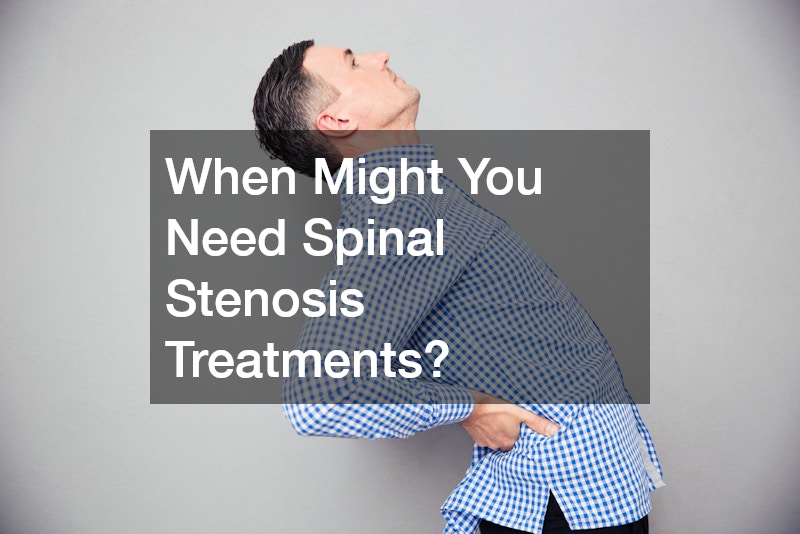Spinal stenosis is a condition in which the spaces within the spine narrow, putting pressure on the spinal cord and nerves. This narrowing can occur in different parts of the spine, including the cervical (neck), thoracic (upper back), or lumbar (lower back) regions. While some people with spinal stenosis experience few or no symptoms, others may suffer from significant pain, discomfort, or mobility issues that require treatment. Recognizing when to seek spinal stenosis treatments is essential for maintaining your quality of life and preventing the condition from worsening. Here are some signs and situations when you might need spinal stenosis treatments near Scottsdale, AZ.
1. Chronic Pain in the Back, Neck, or Legs
One of the most common symptoms of spinal stenosis is persistent pain, especially in the lower back, neck, or legs.
This pain can be mild to severe and often worsens with activities like walking, standing, or bending. If you find that your pain doesn’t go away with rest or over-the-counter pain medications, or if it significantly interferes with your daily activities, it may be time to seek treatment.
Pain from spinal stenosis occurs when the narrowed spinal spaces compress the nerves, leading to inflammation and discomfort. Treatment can help alleviate the pressure on the nerves and reduce the associated pain.
2. Numbness or Tingling in the Extremities
Another sign that you might need spinal stenosis treatment is numbness or tingling sensations in your arms, hands, legs, or feet. This occurs when the nerves in the spine are pinched or compressed. For people with lumbar stenosis (in the lower back), these sensations are often felt in the legs or feet, while those with cervical stenosis (in the neck) may experience numbness or tingling in their arms or hands.
If these symptoms become frequent or severe, they can affect your ability to walk, grip objects, or perform other daily tasks. In such cases, seeking treatment can help relieve the pressure on the nerves and restore normal sensation.
3. Weakness in the Arms or Legs
In more advanced cases of spinal stenosis, individuals may experience muscle weakness in the arms or legs. This weakness can lead to difficulty with balance, coordination, and mobility, increasing the risk of falls or accidents. If you notice that you’re having trouble walking, climbing stairs, or holding objects, it could be a sign that the stenosis is affecting your motor functions.
Muscle weakness is a serious symptom and should be addressed promptly. Treatment can help relieve the compression on the nerves, improving strength and mobility over time.
4. Difficulty Standing or Walking for Long Periods
Many people with spinal stenosis report difficulty standing or walking for extended periods. They may feel the need to frequently sit or bend forward to relieve the pain or discomfort. This posture change temporarily increases the space in the spine, reducing nerve compression. If you find yourself struggling to stand upright or walk comfortably for more than a few minutes, this could indicate spinal stenosis.
Treatment may involve physical therapy to strengthen muscles and improve posture, or in more severe cases, surgical intervention to widen the spinal canal.
5. Loss of Bladder or Bowel Control
In rare but severe cases of spinal stenosis, individuals may experience a loss of bladder or bowel control. This occurs when the nerve compression affects the nerves that control these functions, a condition known as cauda equina syndrome. If you experience any sudden loss of bladder or bowel function, it’s a medical emergency that requires immediate treatment.

